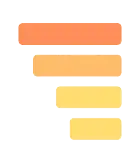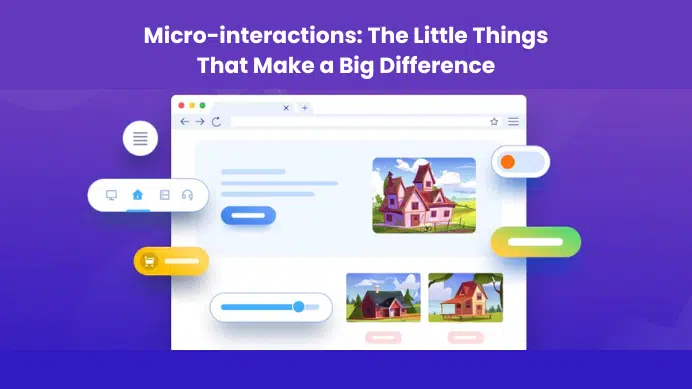UX research helps to understand the user’s needs, motivations, and behaviors. It is a process of gathering data through various methods such as interviews, surveys, and observation. UX research interviews are a popular method for gathering data as it helps to gain deeper insights from the user’s perspective.
Table of Contents
What is a UX Research Interview?
A UX research interview is a face-to-face or online conversation between a researcher and a user. The purpose of the interview is to gain insights into the user’s experience and opinions about a product or service. The researcher typically asks the user a series of questions and the user responds by providing their thoughts and feedback.
Benefits of UX Research Interviews
UX research interviews are beneficial for gaining a better understanding of user needs and experiences. They provide an opportunity to ask deeper, more detailed questions and to explore topics in more depth than is possible with other methods. Additionally, they help to build rapport and trust between the researcher and the user, which can lead to more honest and candid responses.
Crafting the Perfect Set of Questions
Crafting the perfect set of questions for your UX research interview is essential for gathering meaningful data. Here are some tips for crafting the perfect set of questions:
Determine Your Goal
Before you begin crafting your questions, it is important to determine your goal. What are you hoping to learn from the interview? Are you looking for feedback on a specific product or service, or do you want to better understand user needs and behaviors? Having a clear goal in mind will help to ensure that your questions are focused and relevant.
Identify Your Audience
It is also important to identify your audience. Who are you interviewing and what can they tell you? Are they potential customers, current customers, or industry experts? Knowing your audience will help you to craft questions that are tailored to the user’s experience and knowledge.
Write Questions that are Open-Ended
Open-ended questions are essential for UX research interviews. These types of questions allow the user to provide more detailed and meaningful responses. Avoid yes/no questions as they do not provide much insight into the user’s thoughts and opinions.
Plan for Follow-up Questions
It is important to plan for follow-up questions as well. These types of questions help to delve deeper into the user’s thoughts and experiences. Follow-up questions can also help to clarify any points that were raised during the interview or provide additional context.
Tips and Tricks for Conducting the Interview
In addition to crafting the perfect set of questions, there are also some tips and tricks for conducting the interview.
Establish Rapport
Establishing rapport is key for a successful UX research interview. Take the time to get to know the user and make them feel comfortable. Ask questions about their background, interests, and experiences. This will help to put the user at ease and make them more likely to provide honest and candid responses.
Ensure the Quality of Data
It is important to ensure the quality of data during the interview. Listen carefully to the user’s responses and probe for more information if needed. Ask follow-up questions to gain a better understanding of the user’s experience. Additionally, be sure to record the responses accurately and completely.
Let the Interviewee Guide the Conversation
Finally, it is important to remember to let the interviewee guide the conversation. The user should be the focus of the interview, not the researcher. Ask open-ended questions and let the user provide their own responses and opinions.
Analyzing Your Results
Once you have conducted your UX research interviews, it is important to analyze the results to obtain meaningful insights. Analyzing the data you have collected through your interviews will help you identify patterns and trends that can inform your design decisions. This process can be done manually, or through the use of data analysis software such as Excel, SPSS, or Tableau.
When analyzing your results, look for themes and patterns, and identify any areas for improvement. For example, if many of your interviewees seem to have difficulty using a certain feature, this could indicate a problem with the design or usability of the feature. By identifying these areas for improvement, you can make informed decisions on how to improve the user experience.
Conclusion
Crafting the perfect set of questions for your 1:1 UX research interview is an essential part of obtaining quality data that can inform your design decisions. When crafting your questions, consider your goal, audience, and the type of data you are trying to collect. Make sure to use open-ended questions and plan for follow-up questions.
During the interview, establish rapport with your interviewee and ensure the quality of the data you are collecting. Finally, analyze the results to identify patterns and trends, and identify areas for improvement. Gathering quality data through UX research interviews can help you make informed decisions on how to improve the user experience.
Final Verdict
If you have read this far, I really appreciate it. I hope you enjoyed reading this article on “Crafting the Perfect Set of Questions for Your 1:1 UX Research Interview”, If yes, then don’t forget to spread the word about it Click your favorite social media icon below to share this content. Signing off sowmiyavenkatesan611@gmail.com











